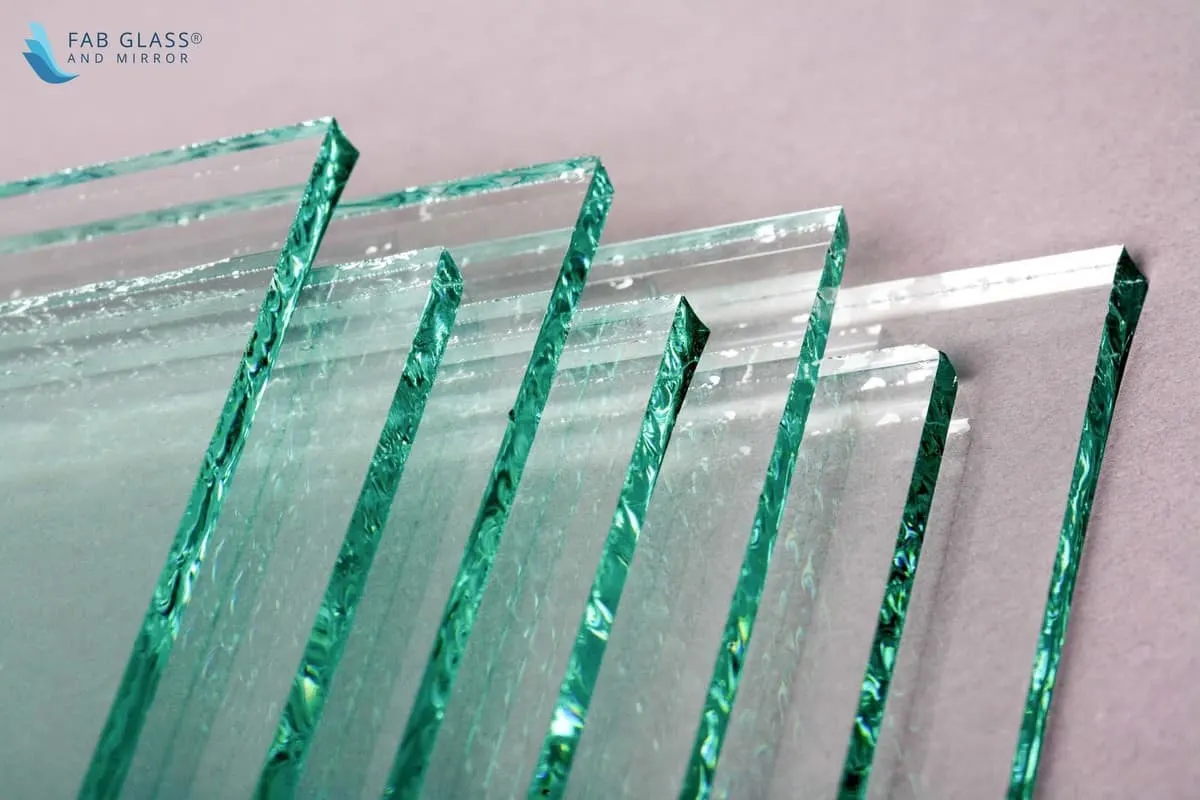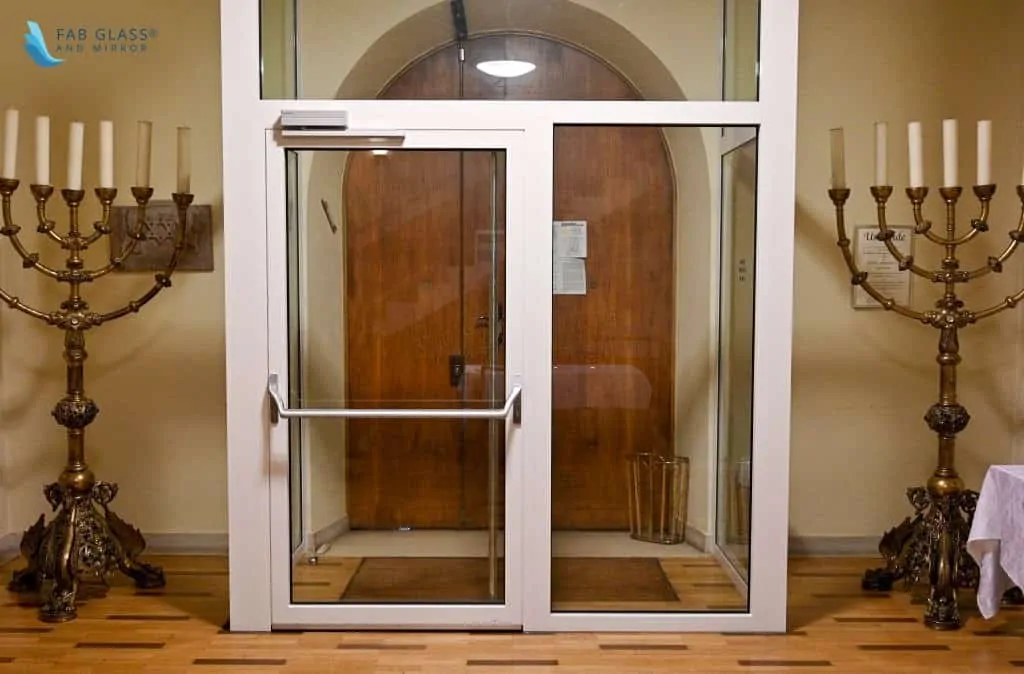It’s better to be Safe than Sorry!
The high-security windows and glass doors are becoming increasingly popular with the growing reign of terror.
School security systems are being redesigned and customized to effectively deal with the threats imposed by criminals and terrorists.
Glass is widely used in school settings as it helps develop an environment that is conducive to learning.
Keeping its benefits aside, glass often becomes a liability in school settings due to its fragility and brittleness.
The bulletproof glass becomes a considerable alternative in settings where there’s a high need for security.
Eliminating windows and glass doors from school settings is not an option, and improvement is the only worthy solution.
There are numerous ways to improve the strength of glass to make it fit for high-end security needs.
Bulletproofing is one of the most popular ways of strengthening glass and tackling the security concerns of schools.
Valuing the importance of school security needs, newer and more innovative ways to improve glass security are being invented, including security window shades and films.

When you are responsible for so many lives, you have to choose the best measure.
Private and government schools home the country’s future and hold the utmost responsibility of safeguarding and protecting tomorrow’s generations.
These young pupils will grow up to serve the country in the future, and their protection must always be the top-most priority.
Bulletproof windows are considered the best measures to cater to this increased need for security.
Schools are beginning to realize the importance of such security measures, becoming a mere necessity with the growing number of attacks.
Glass windows and doors can now be made more secure and more robust with the use of high-strength glass, which comes to the aid of children at the time of despair.
The inclusion of such security measures delays the inevitable attack and gives law enforcement agencies the time needed to neutralize the threat.
Many schools are beginning to adopt such security measures to improve their overall security system and safeguard future generations of today and tomorrow.
The increased initial cost of the high-security glass is well worth the enhancement and improvement in security.

How does Bulletproof Glass Work?
The bulletproof glass is a bulky design element that weighs several pounds per square inch.
The strongest of the glass type often weighs around 22 pounds per square inch.
In simple words, the protection comes from the increased thickness of glass, which makes it often impossible for bullets or any other projectiles to penetrate through.
Both the glass’s weight and the material type influence the strength of the high-security glass windows and doors.
The glass can be customized to provide variable resistance against combat attacks from bullets or firearms.
The glass often encompasses an additional layer of polycarbonate material, which significantly damps the bullet’s force and velocity.
This glass goes through the same process of lamination commonly used for strengthening the glass.
Experts at explainthatstuff.com share, The bullet-resistant glass is designed to withstand one or more bullets, and majorly these customizations are primarily based on varying thicknesses.

How Thick is Bullet Proof Glass?
There are eight levels of thickness in bulletproof glass windows and are categorized based on the need for protection and security.
The level 3 glass is typically used in the school security system as it provides adequate protection at a relatively lower cost.
The higher levels require extensive customizations and are more suitable for government buildings and military structures.
Typically, the thickness of the bullet-resistant glass is between 7 to 75 millimeters.
The thickness majorly contributes to the windows and doors’ weight and bulkiness, which makes them adequate for high-security purposes.
In terms of exterior appearance, the bullet-resistant glass often looks identical to the standard glass, which is an added advantage of these innovative security measures.
The thickness is the only exterior difference between the standard and high-security glass commonly used in school security systems.
High-Security Doors and Glass
The high-security door is simply a formal way of describing a bulletproof glass door.
These doors majorly feature glass and are commonly used in school entrances.
Their security or strength is augmented by contemporary bullet-resistant glass that provides an optimum solution against combat attacks.
High-security windows and doors must always be used in tandem with one another.
The benefits of protective windows can quickly be neutralized by the liabilities imposed by conventional low-strength glass doors.
That’s why it is recommended to reinforce the school security system with high-security glass windows and doors.
Many companies design the same security doors under different names to differentiate their products and develop their identities.
In general, all school security systems include level 3 security doors whose thickness is adequate to withstand damage caused by commonly held handguns.
The popularity of high-security doors and glasses increases with the general public’s rising security concerns.

What Are Some Other Security Options?
School security window shades and films are other viable security options that can also improve the security of glass windows and doors.
These window shades are used to cover the glass windows and doors and hold the potential to be incorporated into school security systems.
However, these shades entirely block light’s ingress and are not a permanent solution for school settings.
On the contrary, school security films are a reliable protective measure that can be implemented in place of bulletproof glass windows.
They don’t provide the security level offered by bullet-resistant glass but add an extra layer of protection at a relatively low cost.
These nearly-invisible protective films make it considerably harder for intruders to break into the school.
Alternatively, the security blinds can also be used in the school security system, which provides optimum protection against most combat attacks at a relatively high cost.

